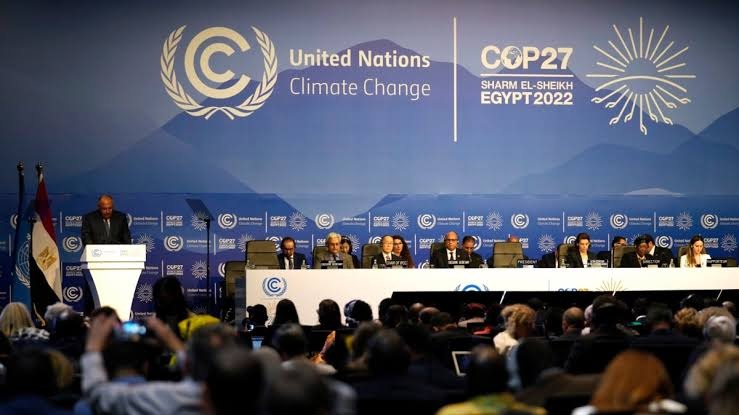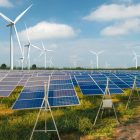Introduction
The 27th Conference of the Parties (“COP”) to the United Nations Framework Convention on Climate Change (“UNFCC”) was held from 6 to 20 November 2022 in Sharm El-Sheikh, Egypt. The COP is the largest annual gathering on climate action, hosting more than 100 Heads of State and Governments, and over 35,000 stakeholders, with the objective of addressing the existential threats posed by climate change to humanity such as growing energy crisis, greenhouse gas concentrations, and increasing extreme weather events.
Certain important facts on Climate change
- Earth is now about 1.2oC warmer than it was in the 1850’s-1900 (the pre-industrial era) and the last decade (2011-2020) has been the warmest on record.
- Limiting global temperature rises to 1.5oC above pre-industrial levels is vital as beyond that threshold, the cascading impacts of climate breakdown will quickly become catastrophic and in some cases irreversible.
- 20 countries are responsible for at least three-quatres of the world’s greenhouse gas emissions, with China, the United States, and India leading the way.
- Africa is the most vulnerable continent to climate change impacts but contributes the least (-3%) of global warming.
- In October 2022, Nigeria witnessed devastating floods that affected 34 of the country’s 36 states. It was reported that the flooding displaced 1.3 million people.
- It is estimated that 108-116 million people in Africa will be exposed to sea level rise risk by 2030.
Key Outcomes from COP 27
Financial assistance for climate change adverse effects
Upon negotiations at COP27, the Parties adopted a decision to establish “new funding arrangements for assisting developing countries that are particularly vulnerable to the adverse effects of climate change”, including the creation of a “Loss and Damage Fund” for nations most vulnerable to the climate crisis.
COP 27 achieved a commitment from the signatories to set up a financial support structure for the most vulnerable by the next COP in 2023. However, there is no agreement on how the finance should be sourced and where it should come from.
Keeping global temperatures well below 1.5oC.
Under the Paris Agreement, countries have communicated Nationally Determined
Contributions (NDCs) that describe each country’s respective GHG emission target. At COP 26 in Glassglow, the signatories reaffirmed commitments contained under the Paris Agreement of pursuing efforts to keep the rise of global temperatures to 1.5oC above preindustrial levels. COP 27 recognised the need for accelerated action and the call for NDCs
to be updated as necessary to align with the Paris Agreement global goal, by end of 2023.
Increasing the use of low emission energy sources
The current global energy crisis was highlighted as yet another reason to accelerate the transition towards renewable energy. At COP 27, countries recommitted to the resolutions from COP 26 to phase down the use of coal and increase the use of “low-emission energy” which would include solar and wind energy.
CLIMATE CHANGE FINANCE- ACTIVITIES GLOBALLY
Finance is crucial to delivering the transition. Research shows that only 10-20% of the USD1.8 to USD3.0 trillion of capital required annually to deliver net zero by 2050 is currently flowing to Africa, Asia, and the Middle East.
- In 2021 Standard Chartered announced its plans to mobilize USD300 billion in green and transition finance by 2030. While this seems laudable, there has not been any publication as to the structure and modalities of this fund.
- The Bloomberg Philanthropies and Goldman Sachs-backed Climate Innovation and Development Fund (the “Fund”) has initiated its first set of Blended-Finance investments focused on innovative electric mass mobility solutions in India and Vietnam. The Fund’s initial USD25 million in philanthropic funding from Bloomberg Philanthropies and Goldman Sachs to be managed by the Asian Development Bank, has the potential to unlock up to $500 million in the private sector and government investments that will provide critical finance to expand the network of electric buses and supporting charging infrastructure in emerging economies.




